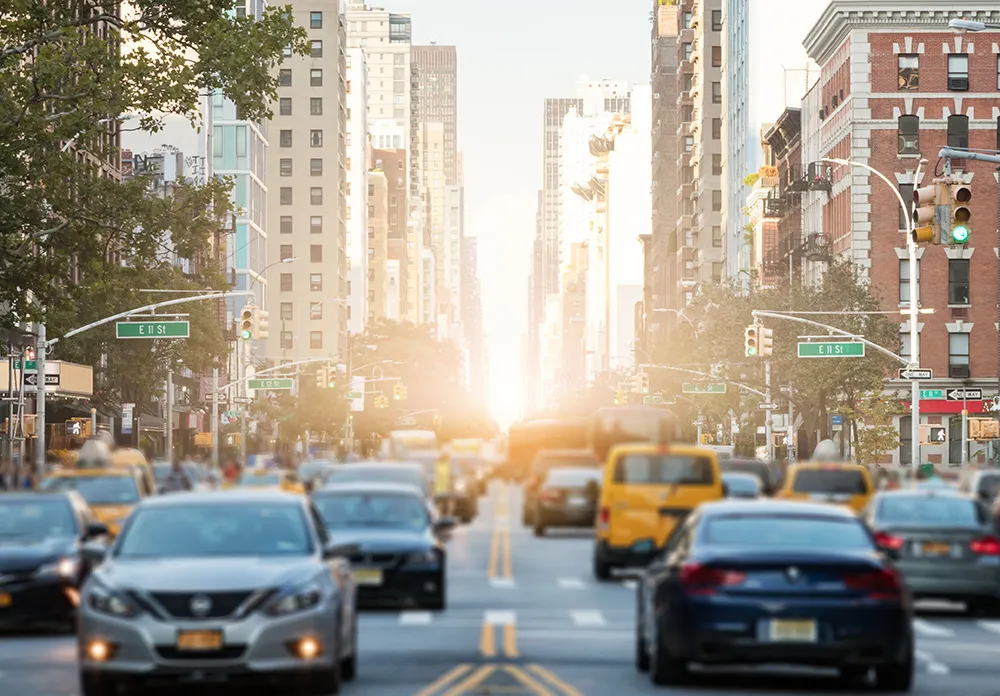With a deficit of US$58 billion in infrastructure, ranging from highways to ports and airports, Chile's priority should be urbanisation, local construction chamber CChC has said.
"Today, over 80 per cent of Chileans live in cities. Urban areas are where a significant part of the economy and life happens. So if you want to make real improvements to quality of life, focus on urban areas," CChC head of studies Javier Hurtado said in an interview. Hurtado cited a need for roads, subways, water infrastructure
May 27, 2014
Read time: 1 min
With a deficit of US$58 billion in infrastructure, ranging from highways to ports and airports, Chile's priority should be urbanisation, local construction chamber CChC has said.
"Today, over 80 per cent of Chileans live in cities. Urban areas are where a significant part of the economy and life happens. So if you want to make real improvements to quality of life, focus on urban areas," CChC head of studies Javier Hurtado said in an interview. Hurtado cited a need for roads, subways, water infrastructure, stadiums, parks, hospitals and schools.
CChC has estimated Chile needs to invest US$21.8 billion to upgrade its urban transport infrastructure; US$3.6 billion in hospitals, and US$3.65 billion in water projects through 2018.
"Today, over 80 per cent of Chileans live in cities. Urban areas are where a significant part of the economy and life happens. So if you want to make real improvements to quality of life, focus on urban areas," CChC head of studies Javier Hurtado said in an interview. Hurtado cited a need for roads, subways, water infrastructure, stadiums, parks, hospitals and schools.
CChC has estimated Chile needs to invest US$21.8 billion to upgrade its urban transport infrastructure; US$3.6 billion in hospitals, and US$3.65 billion in water projects through 2018.










